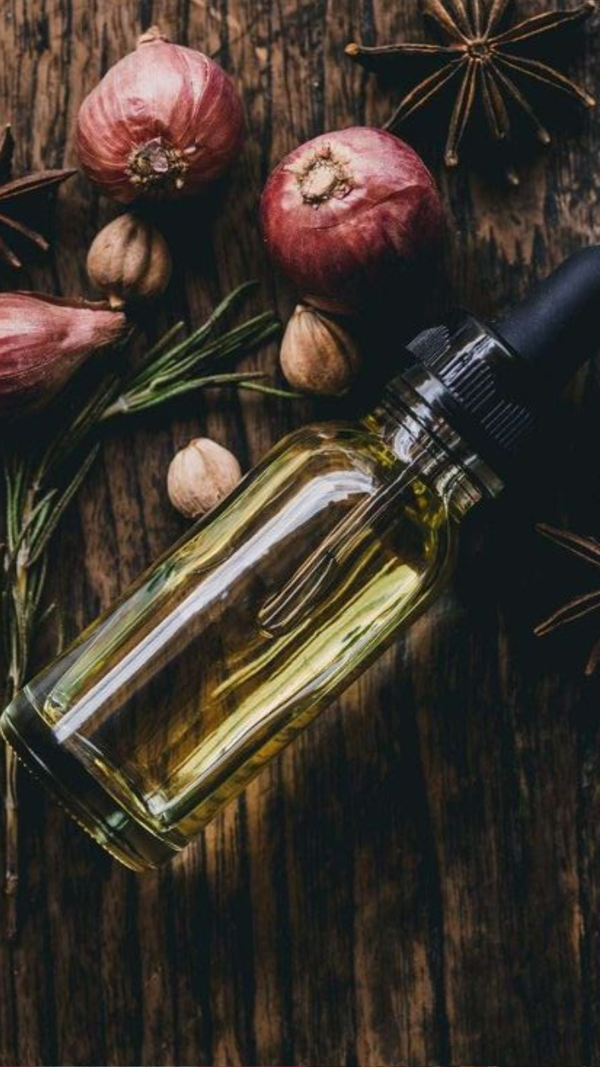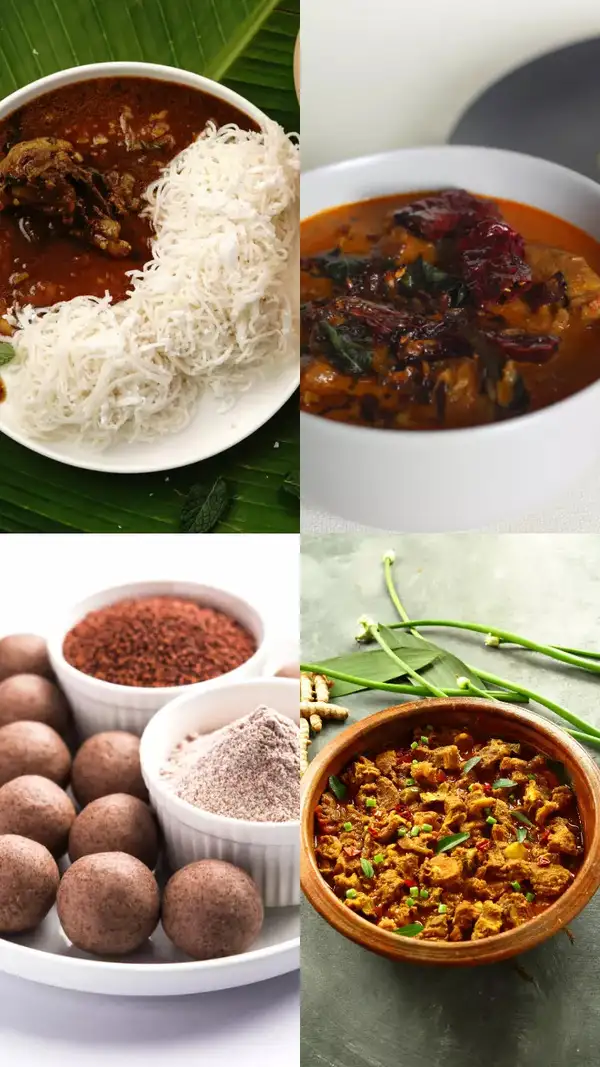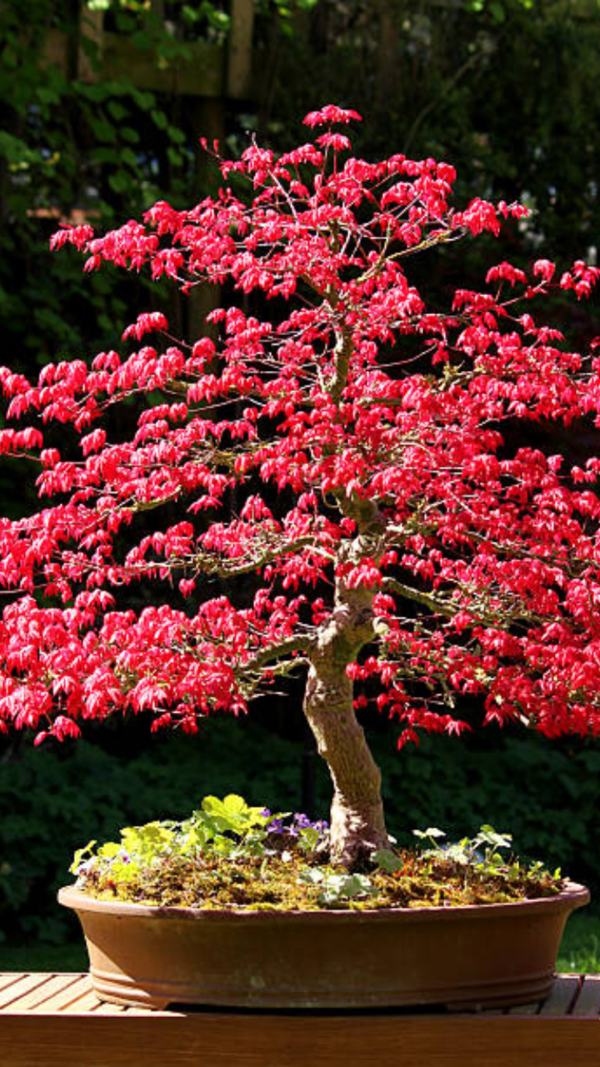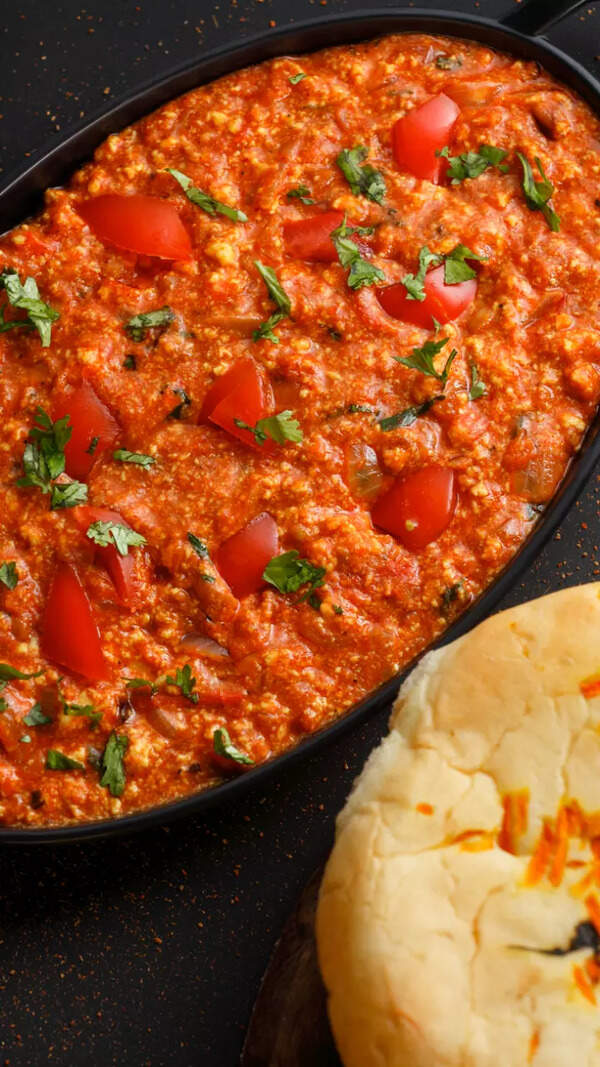Cut sugar, not taste: 6 healthy alternatives for diabetics

Cut sugar, not taste: 6 healthy alternatives for diabetics
Cutting back on sugar doesn’t mean you have to give up all the sweet pleasures—especially if you’re managing diabetes. The good part? There are many tasty choices that keep your food and drinks enjoyable without causing big spikes in your blood sugar. These natural sweeteners and alternatives not only curb your sweet cravings but also offer their own health benefits. Here’s an easy guide to swapping sugar while still keeping the flavour.

Jaggery
Jaggery is a traditional favorite in many Indian kitchens. Unlike refined sugar, it’s full of minerals like iron and potassium. It has a rich, deep flavor that adds warmth to chai, desserts, and even some savoury dishes. Because it’s less processed, jaggery causes a gentler rise in blood sugar, making it a smarter sweet choice.

Stevia
Stevia comes from a leafy plant and is naturally sweet without adding any calories. It’s great for anyone watching their weight and managing blood sugar. Stevia can be used in drinks, smoothies, and baking—just a little bit is enough. Also, it doesn’t have the strange aftertaste that some sugar substitutes do.

Coconut sugar
Made from the sap of coconut palms, this sugar has a caramel-like taste and a lower glycemic index than regular sugar. It helps keep blood sugar levels steady while adding a special flavour. You can sprinkle it on oats, use it in baking, or add it to your coffee for a touch of tropical sweetness.

Dates
Dates are small bundles of sweetness packed with fibre, vitamins, and minerals. When used as a natural sweetener, they slow down sugar absorption, helping keep blood sugar steady. Blend them into smoothies, energy bars, or use date syrup as a drizzle on your breakfast bowls. They add a fruity richness that’s hard to beat.

Monk fruit extract
Monk fruit is becoming popular as a natural sweetener that doesn’t raise blood sugar. It comes from a small green fruit and is very sweet, so a little goes a long way. It’s perfect for sweetening tea, desserts, or even salad dressings, letting you enjoy sweetness without any worry.

Brown rice syrup
Made from fermented brown rice, this syrup has a mild sweetness with a nutty hint. It breaks down slower than regular sugar, helping to prevent sugar spikes. You can use it in baking or to sweeten sauces and dressings. It’s a gentle choice that adds depth without being too strong.
Can’t eat your food without snapping a picture first?
Join our Food Photography Contest and stand a chance to win exciting prizes!
Join our WhatsApp Food Community to discover delicious recipes, enjoy fascinating food stories, and stay updated with the latest food news! Click here








